I measure at a total of six points on the back of the board, which were previously prepared with calibrated measuring lacquer (“tropicalization”) and counter-tested again with control sensors. An Optris PI640 is used together with the required software on a monitoring PC. Besides the radiometric videos for internal use, I take screenshots of the measurements at the appropriate places. Interestingly, the values below the BGA of Witcher 3 correspond exactly to the GPU diode inside, only Furmark’s board is heated up more by the voltage converters. Also important: the power consumption remains the same in both scenarios, which means that the GPU temperature is exactly the same, thanks to the Power Target.
Measurement at 2000 rpm
It’s loud, just too loud. But it cools as if there were no tomorrow, at least a little. No matter whether it’s play or stress. The GPU itself reports 53 °C at 300 Watt or 61 °C at 380 watts. Nothing is left to chance here and probably won’t burn up. However, the somewhat noisy 53 dB(A) should not be done to oneself or should only be reserved for emergencies.
Measurement at 1800 rpm
The whole thing is already a little bit quieter, but somehow still too loud. But it still cools everything quite well during all tests. The GPU itself reports 54 °C at 300 Watt or 63 °C at 380 watts. However, the measured 48 dB(A) are again a bit nasty. But let’s see.
Measurement at 1600 rpm
This setting is already much quieter and is already within the acceptable range. The measured 44 dB(A) are now approximately on the level of the original air cooler of the 2080 Ti FE. However, the cooling performance is significantly better and the card also clocks significantly higher without running into a throttling. The GPU itself reports 57 °C at 300 Watt or 66 °C at 380 watts. That’s it.
Measurement at 1400 rpm
Now it becomes interesting, because you can talk in the room again without screaming. The measured 40 dB(A) are clearly below the level of the original air cooler of the 2080 Ti FE. The cooling performance is still good and the card still clocks significantly higher than the air-cooled version. The GPU itself reports 59 °C at 300 Watt or 68 °C at 380 watts. It’s not too bad.
Measurement at 1200 rpm
Really nice and quiet, because measured 35 dB(A) are on or below the level of very good board partner cards of the 2080 Ti FE with air cooler. The cooling performance is still good and the card now also clocks higher than the air-cooled version. The GPU itself reports 62 °C at 300 Watt or 72 °C at 380 watts. It’s pretty neat, too. Okay, we got one more.
Measurement at 1000 rpm
Is the system still on? Whisper quiet, because I’m reading just under 32 dB(A). The cooling performance at 300 watts is still acceptable, but for my taste there is now a lack of reserves for the 380 watt run, especially in the area of the VRM and a memory block. The GPU itself reports 65 °C at 300 watts, but the memory temperatures on the bottom should then be well over 80 °C in the 380 watt measurements, which would simply be too high for me personally. At 300 watts, this is just about acceptable with the 77 °C, even if not really great. But even now you can’t hear the pump, compliment!
Conclusion and summary
Let us now finally come to the overall verdict. The cooling performance is good to very good, especially the almost silent pump can be pleasing. The quality of workmanship is also good to very good and the overall impression fits. Visually, this is all a matter of taste, but it doesn’t look so much like cheap AiO, but rather like proper water cooling. All parts, from the cooling block to the radiator are solid copper and taken from the normal water cooling range. In the end you notice that, because most of it is really rock solid.
But what was negatively noticeable, is first of all the somewhat misleading instruction manual, which lists the outer screws, although one should notice during the preceding disassembly that the screw connection is much more important on the inside. Quite simply because the Vapor-Chamber is screwed on the original. The fact that four additional screws for improved fixation are missing here is really annoying, but according to Alphacool it should be repaired.
This also applies to the washers, which belong under every spring bolt and which also generate a little more pressure. Well, what about the fans? You have to throttle down hard to keep your hearing from dropping. Up to 1200 rpm it remains quiet, up to 1400 rpm this is still acceptable. The rest above this is subject to occupational health and safety regulations and should be prohibited by the authorities.
Those who can live with the small restrictions and my tips, will get a quite sophisticated and potent cooling, which with the targeted 195 Euro doesn’t go beyond the scope of the current usual AiO solutions, as you get real custom-loop technology and no aluminum-impregnated mass products, whose lifespan is difficult to estimate. Let’s put it this way: Category can be bought if you are tired of air and don’t want a complete water cooling in your PC.
You could even do this by adding a CPU water block to the system and placing it on a larger or an additional radiator. Because even this is child’s play thanks to the quick-release fasteners. A plus for this solution, without question.














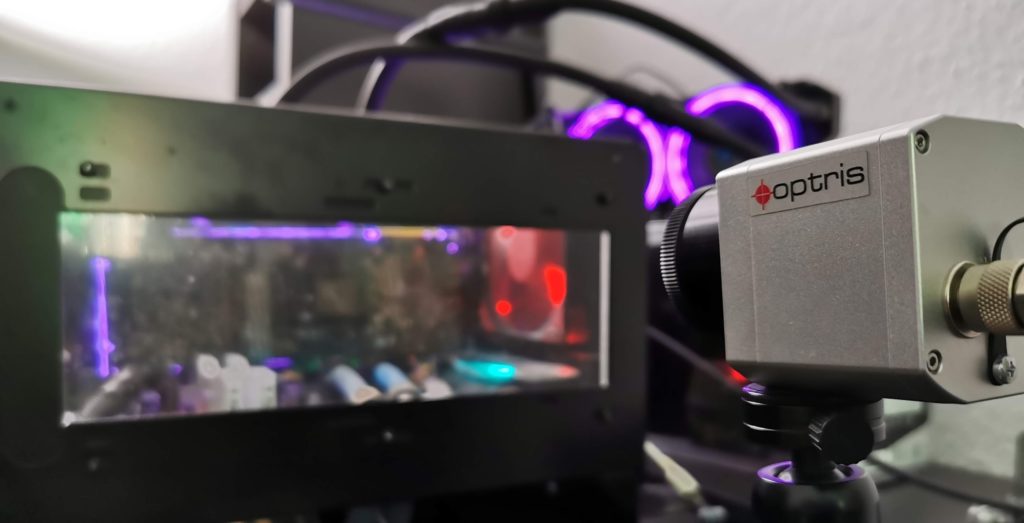
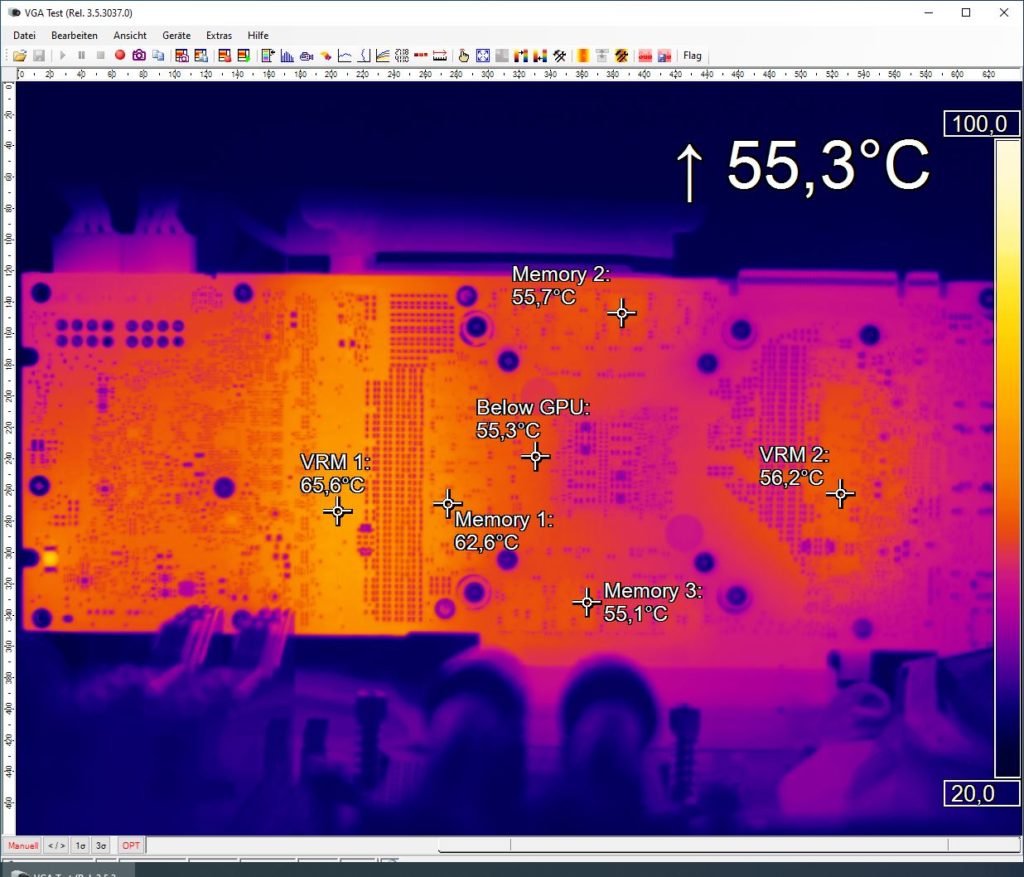
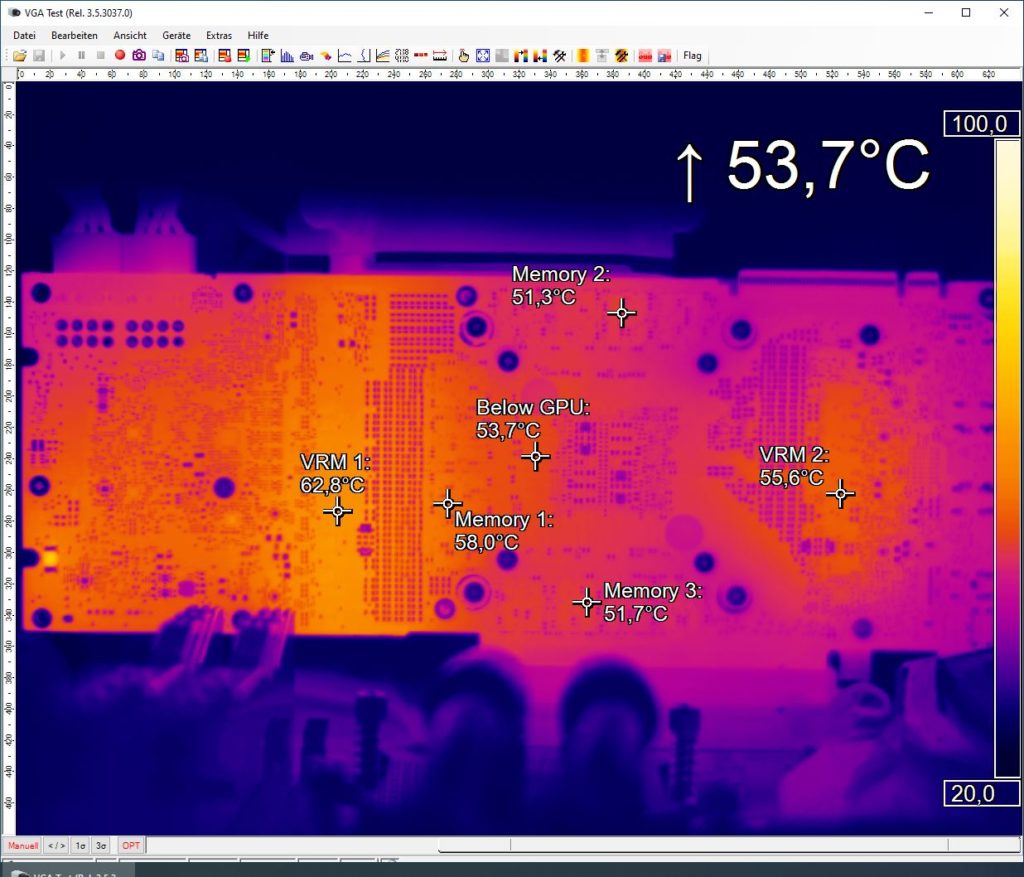
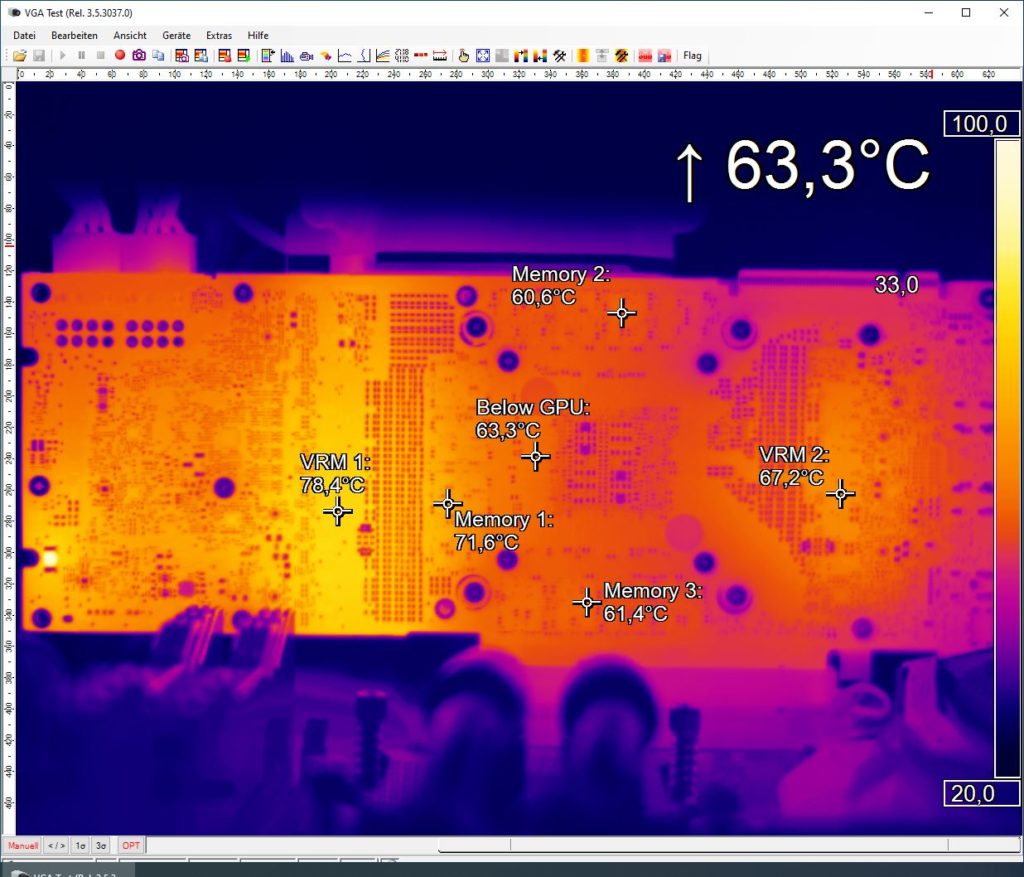
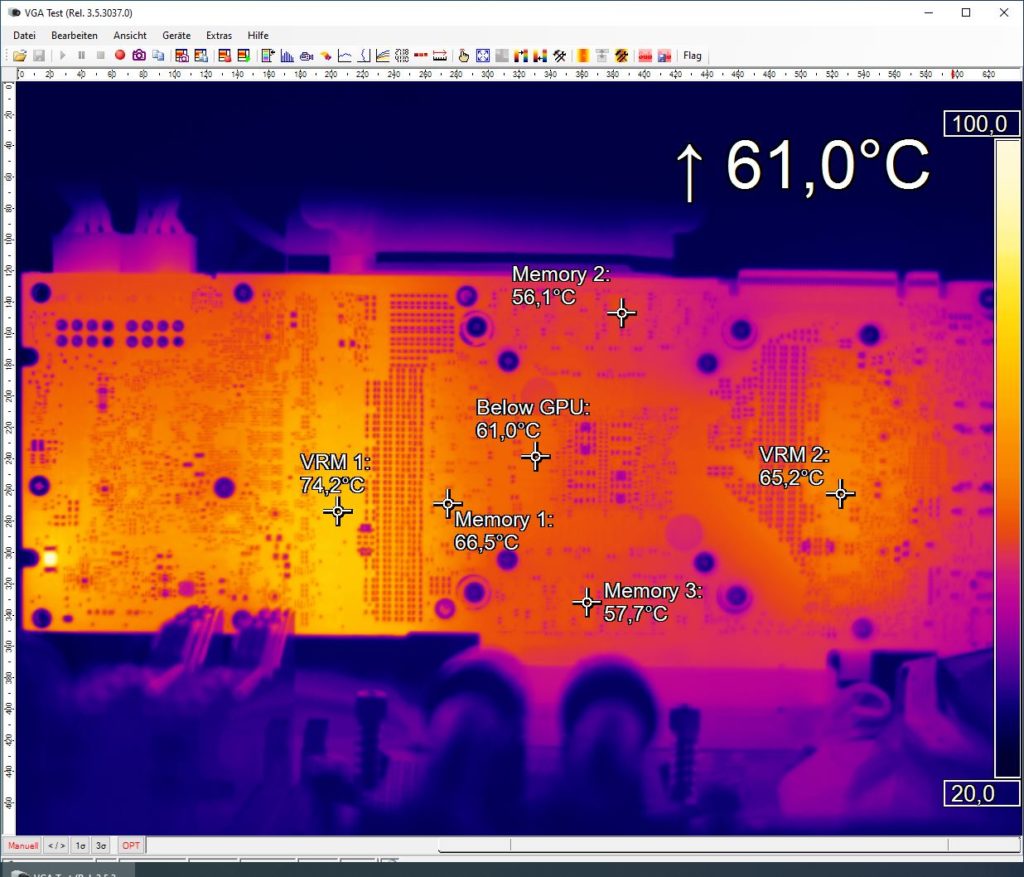
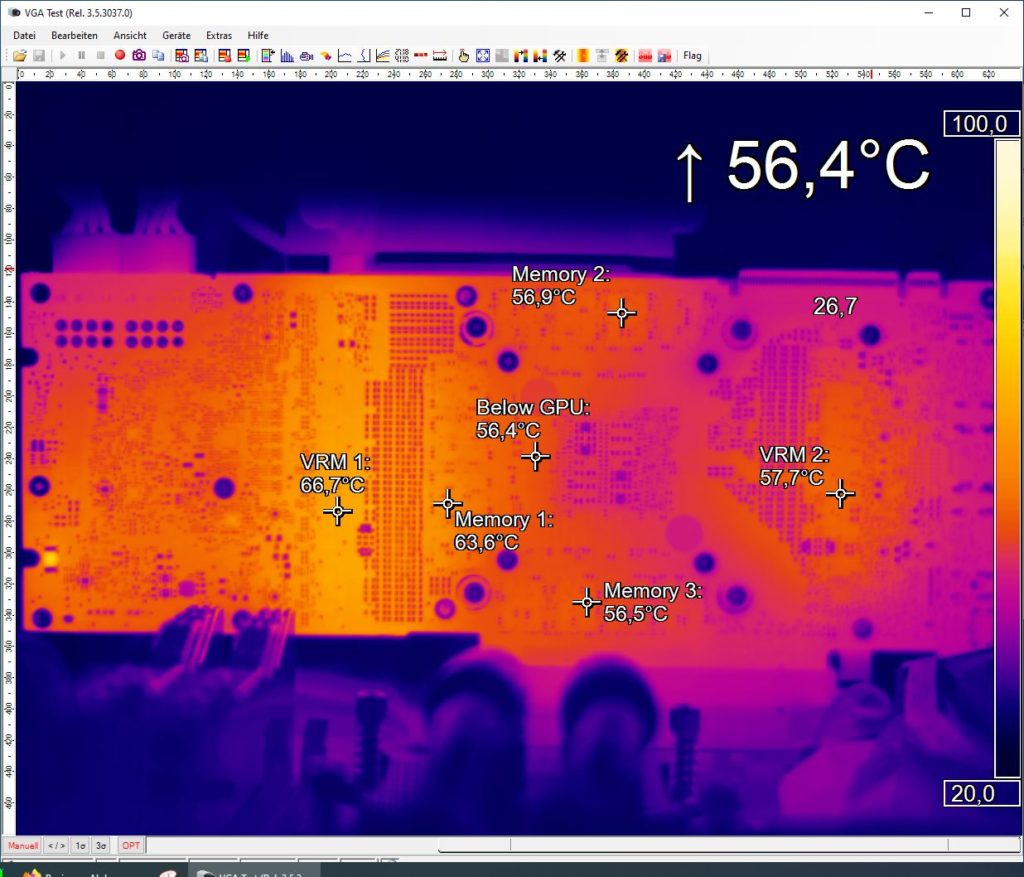
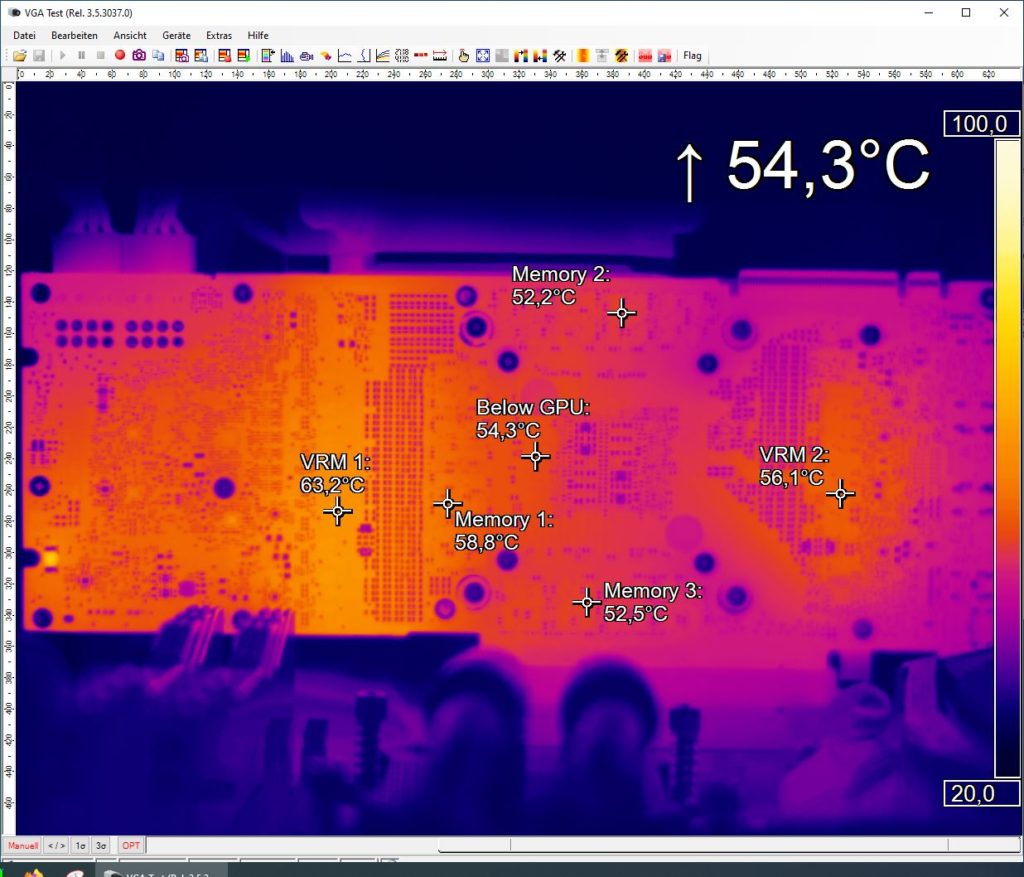
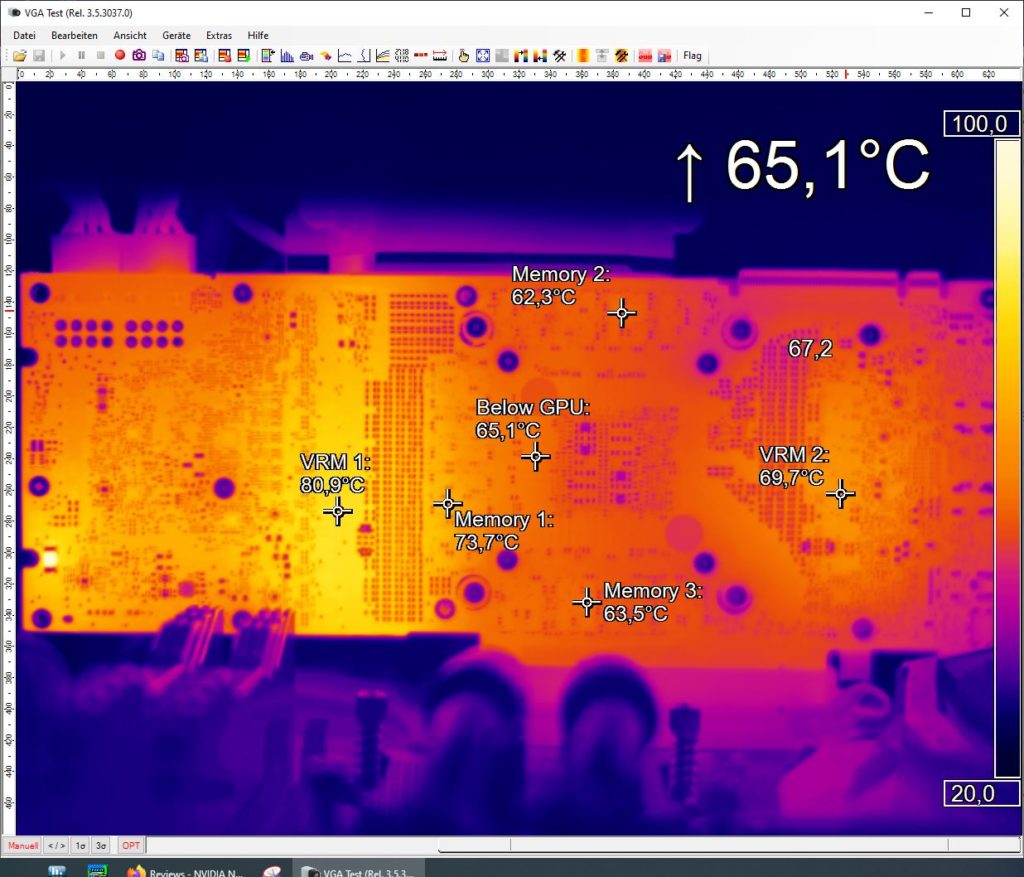
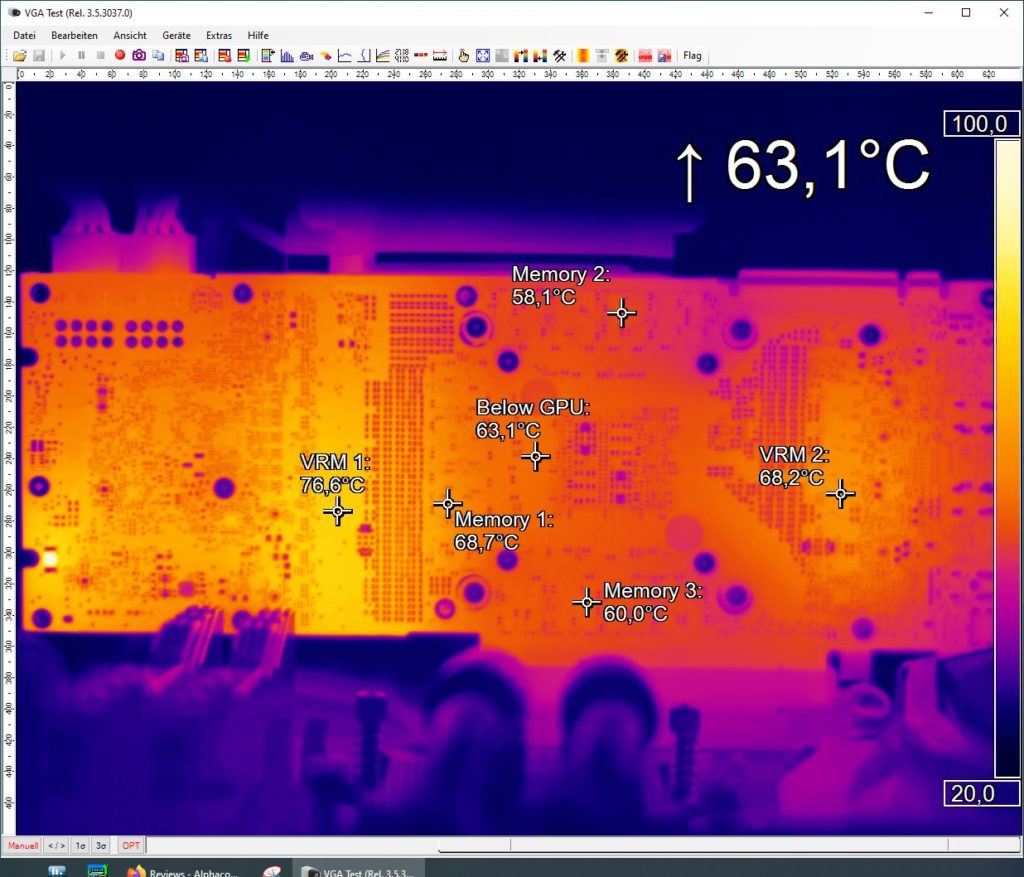
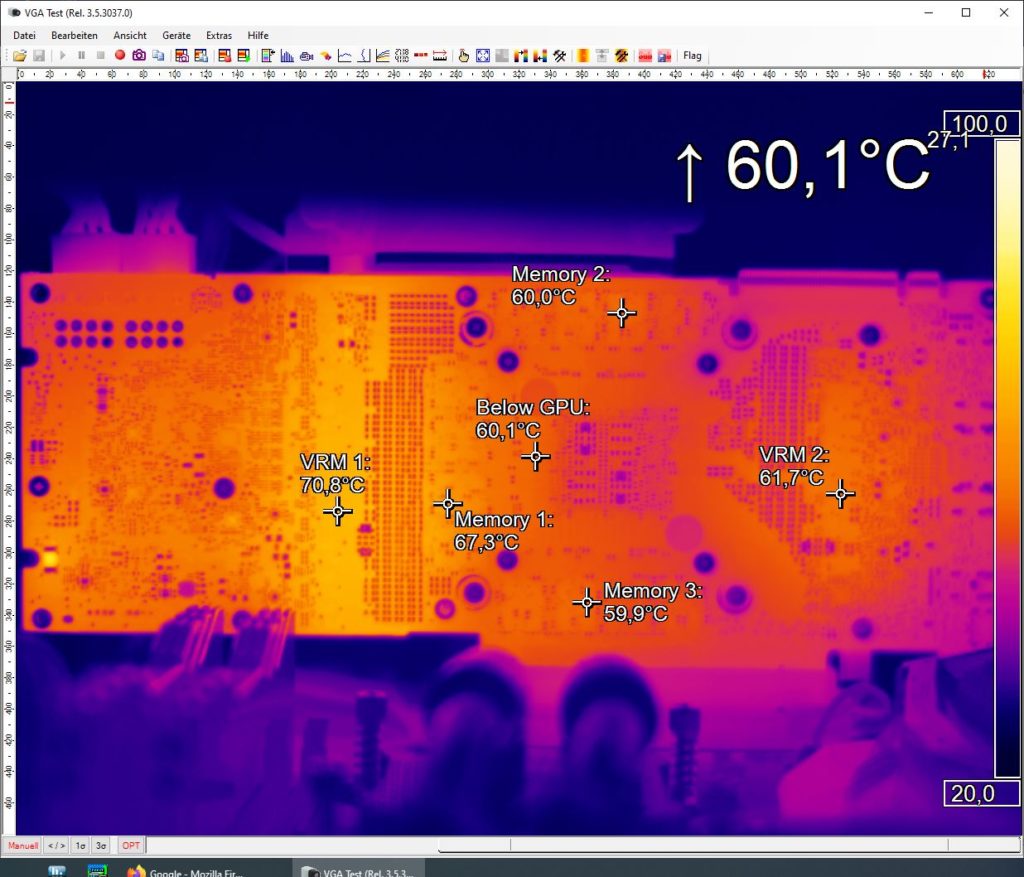
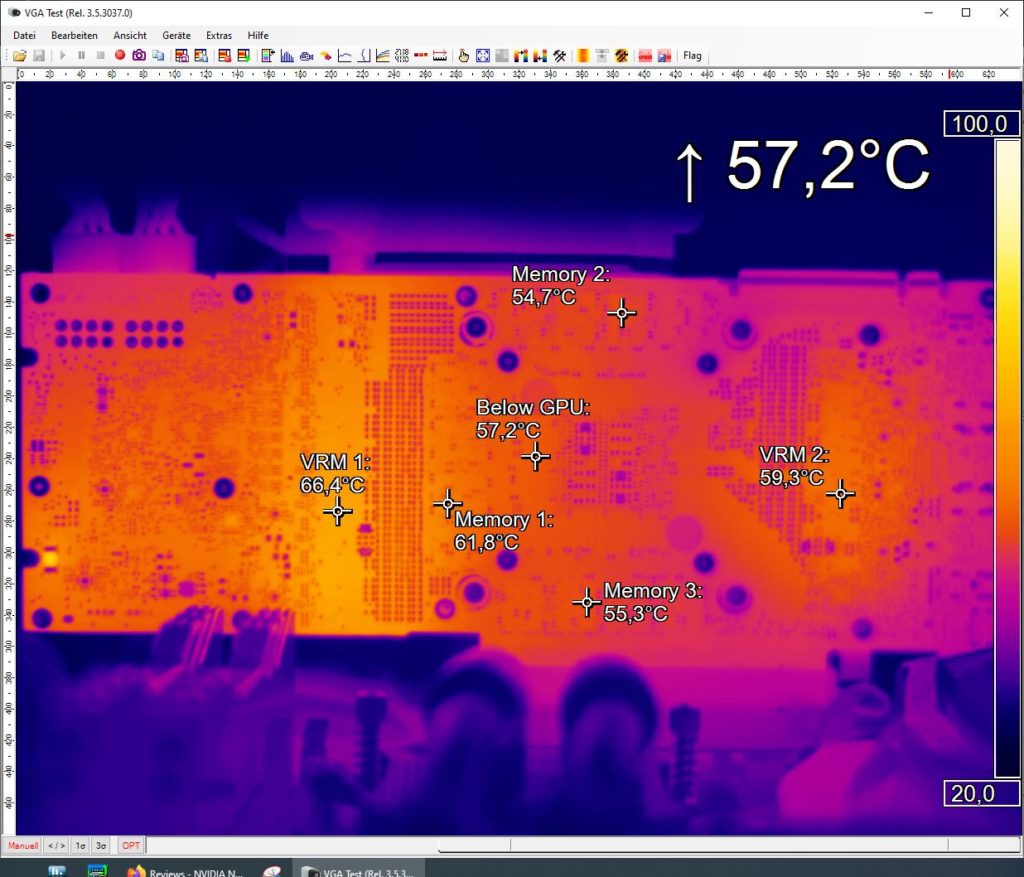
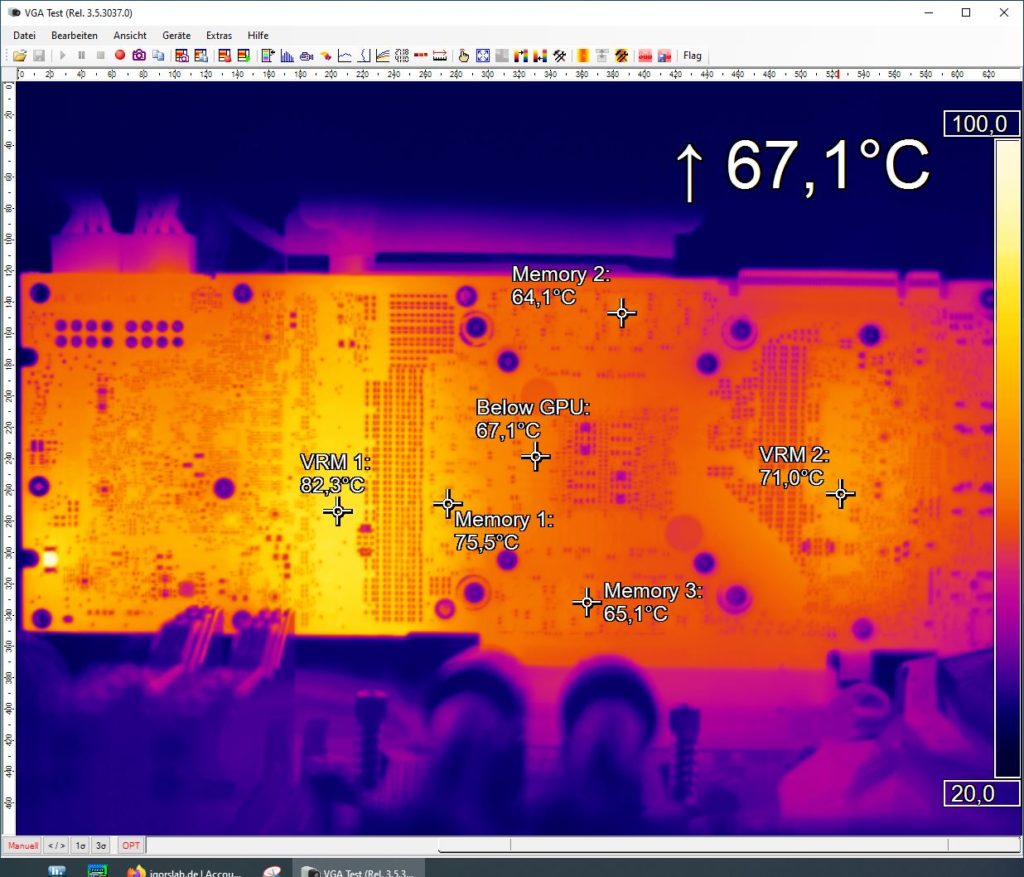
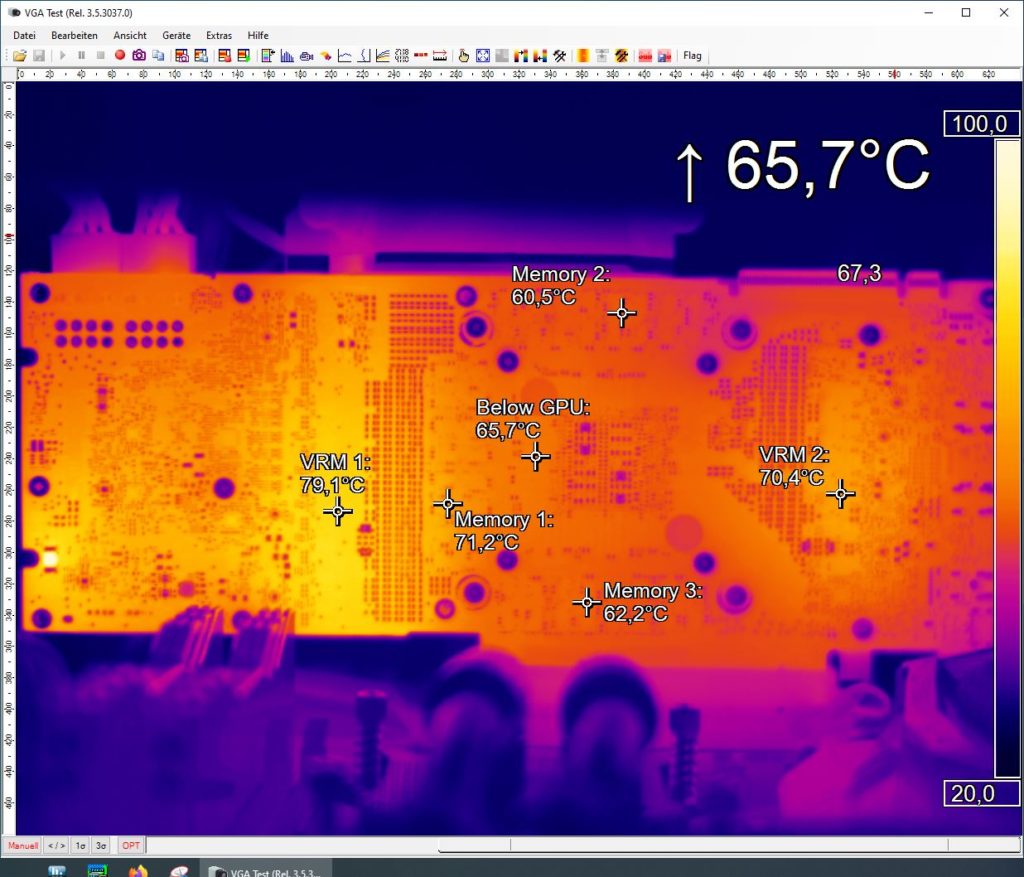
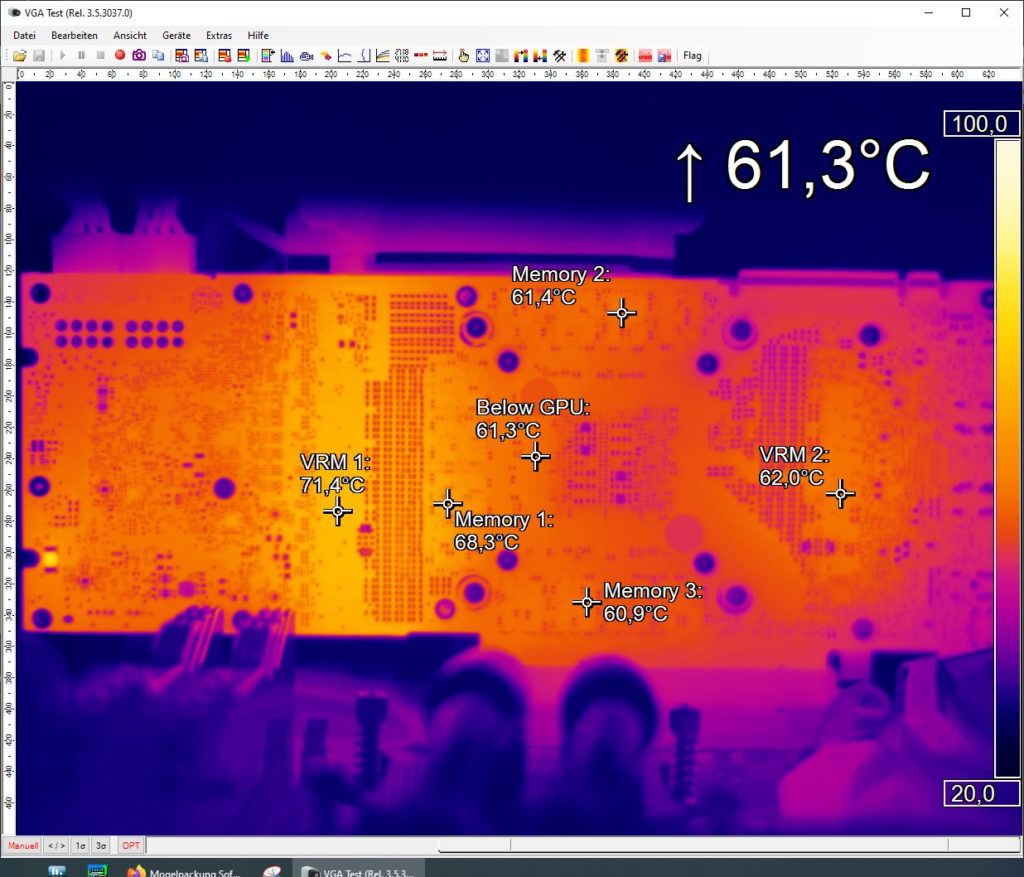
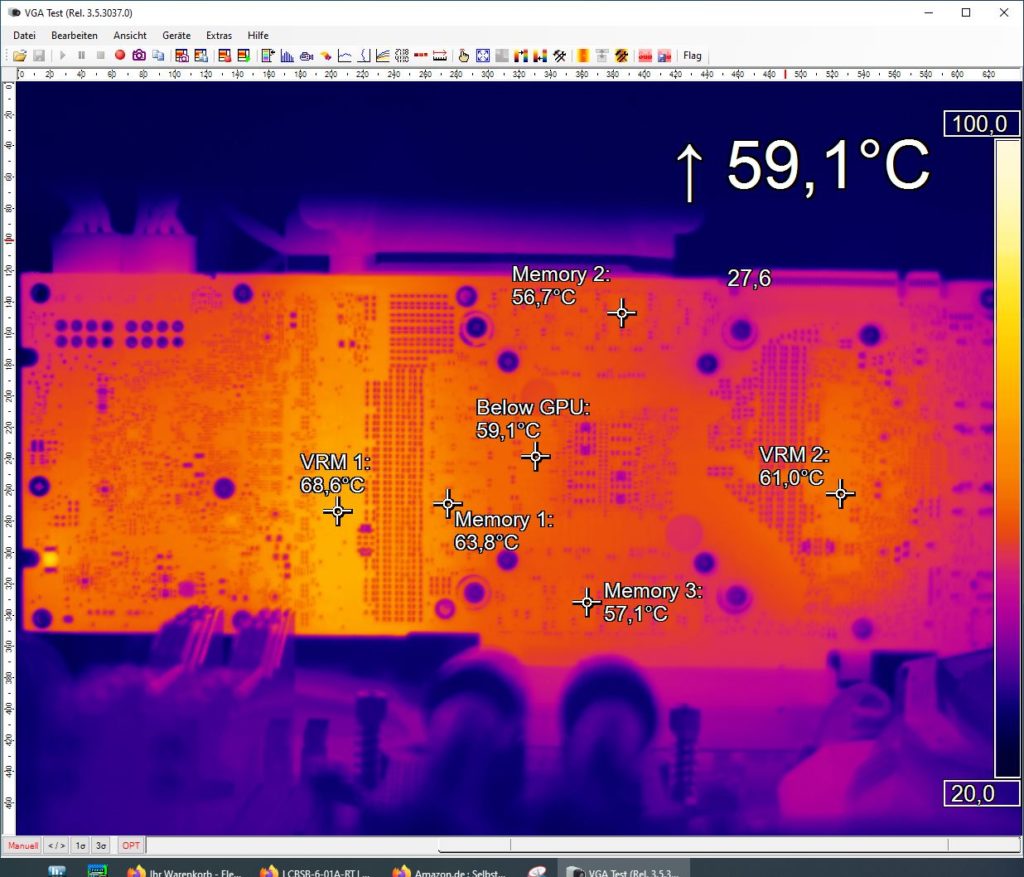
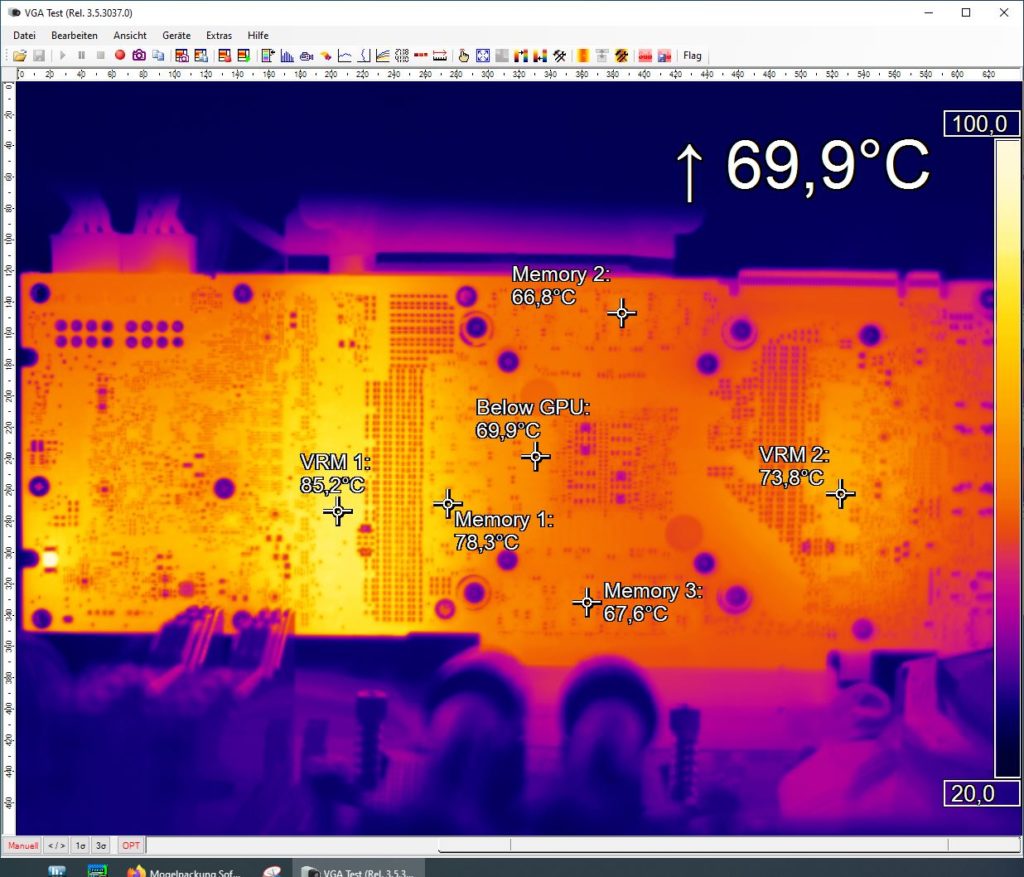
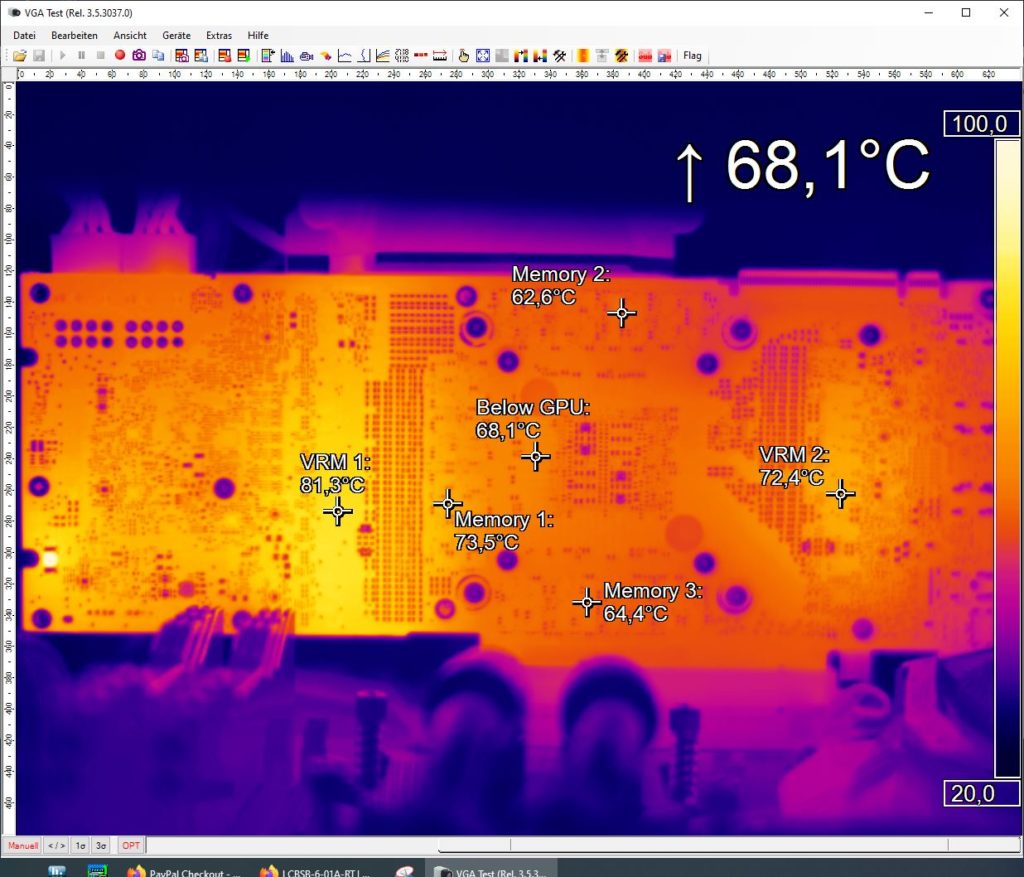
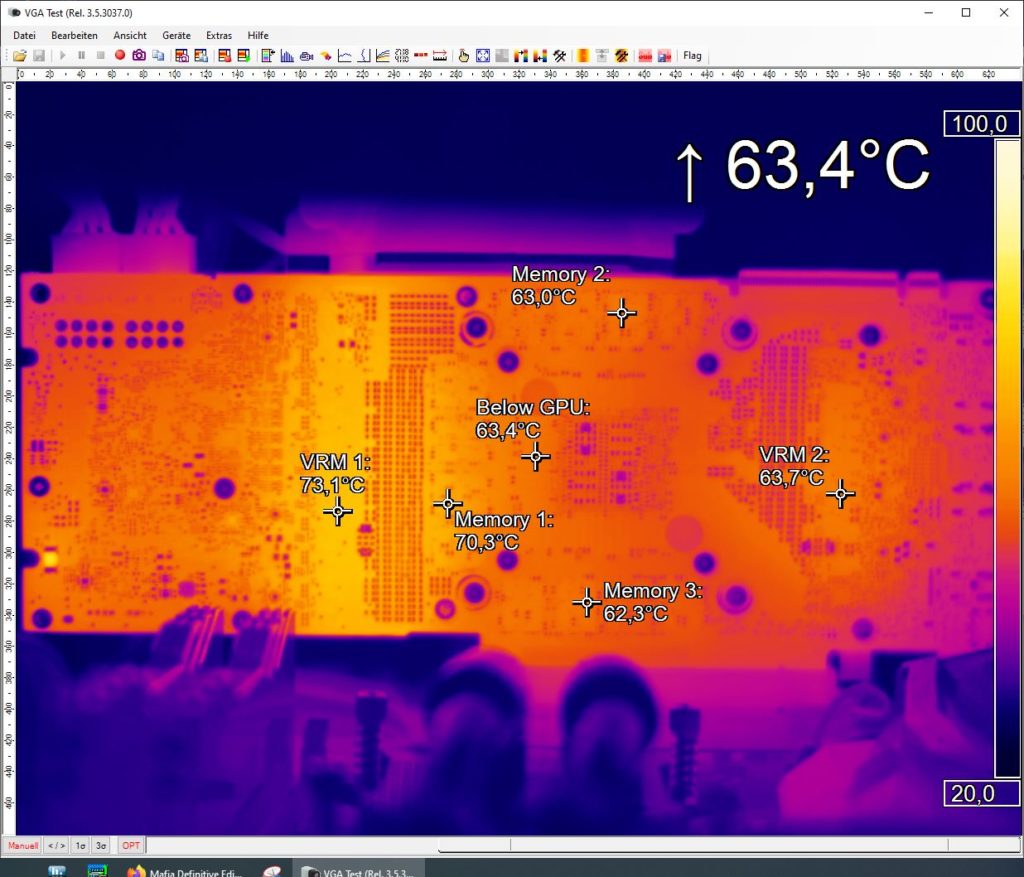
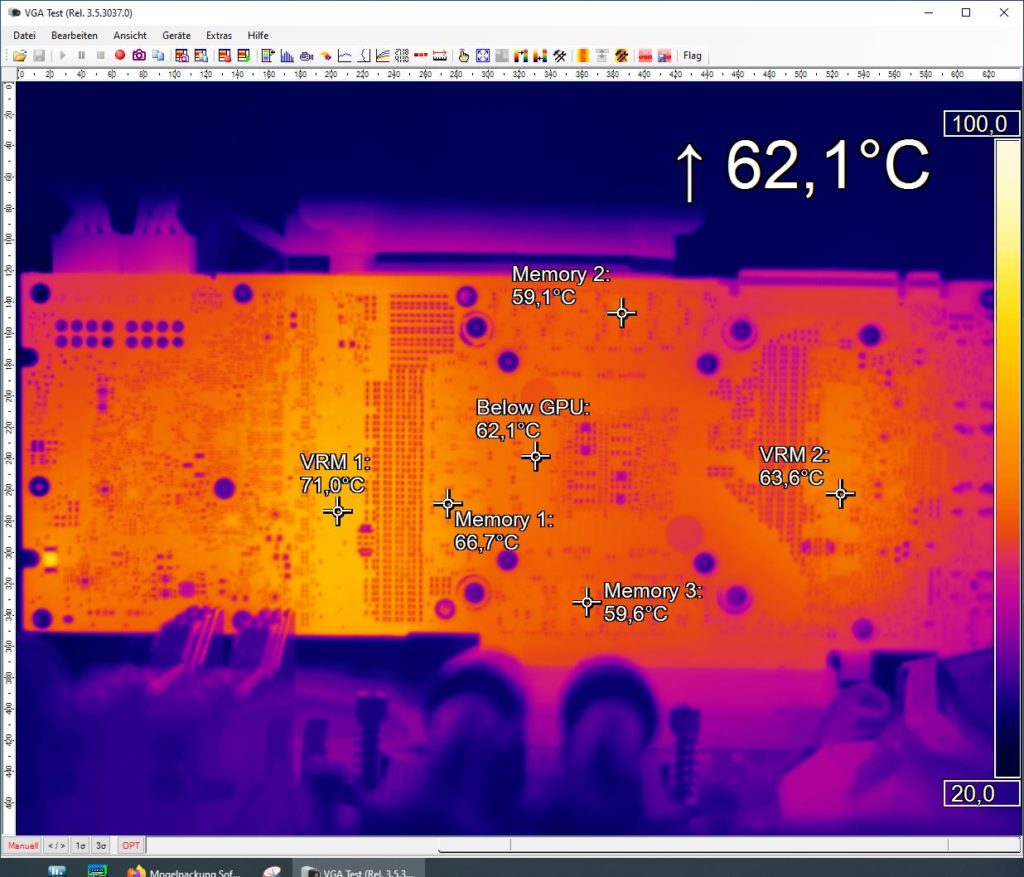
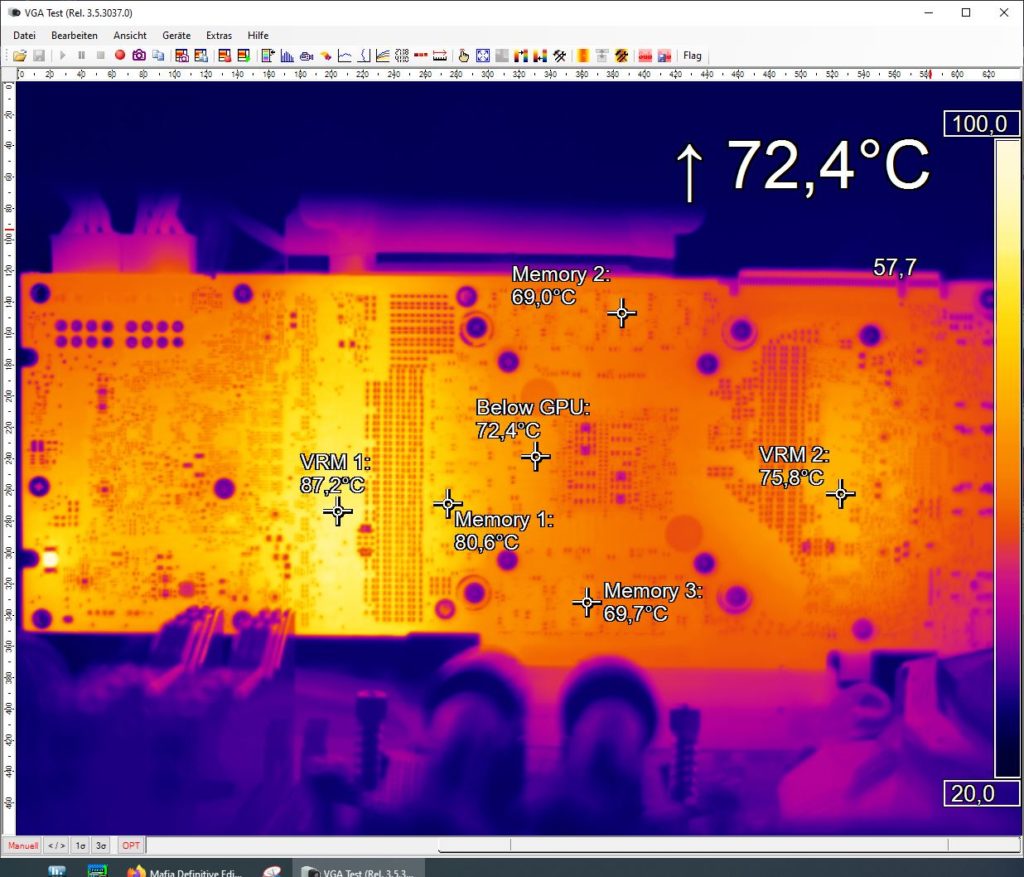
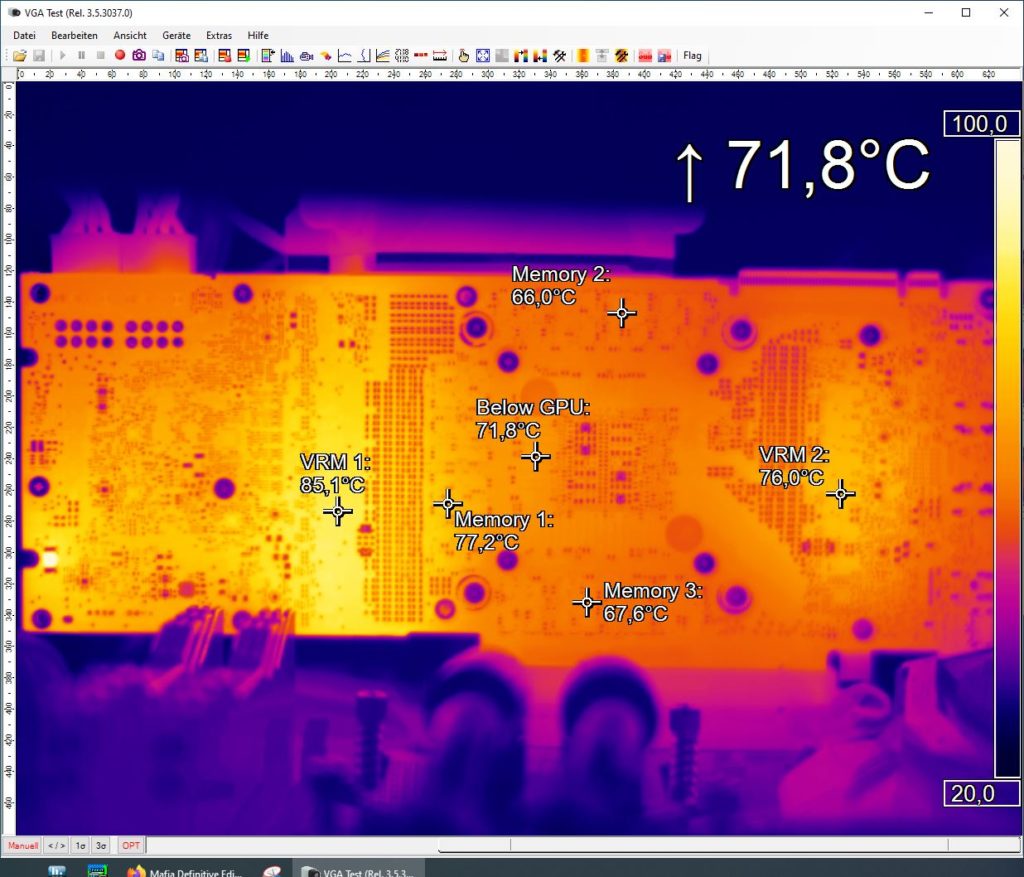
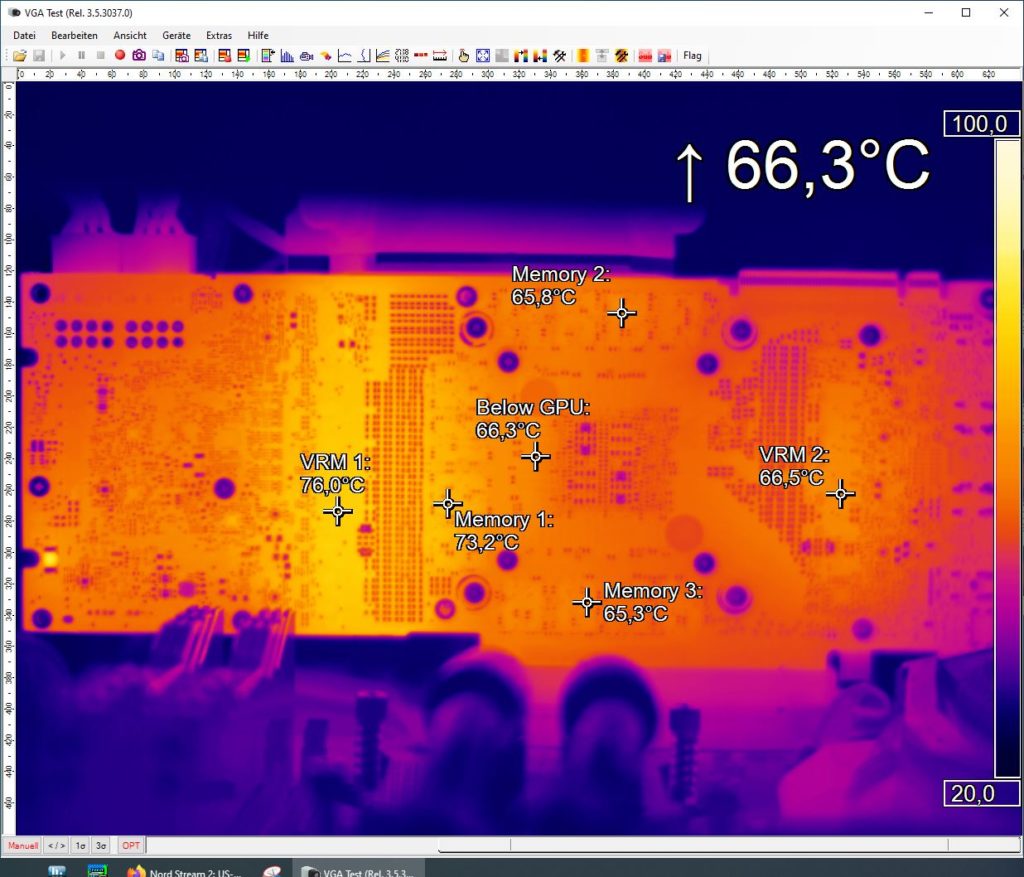
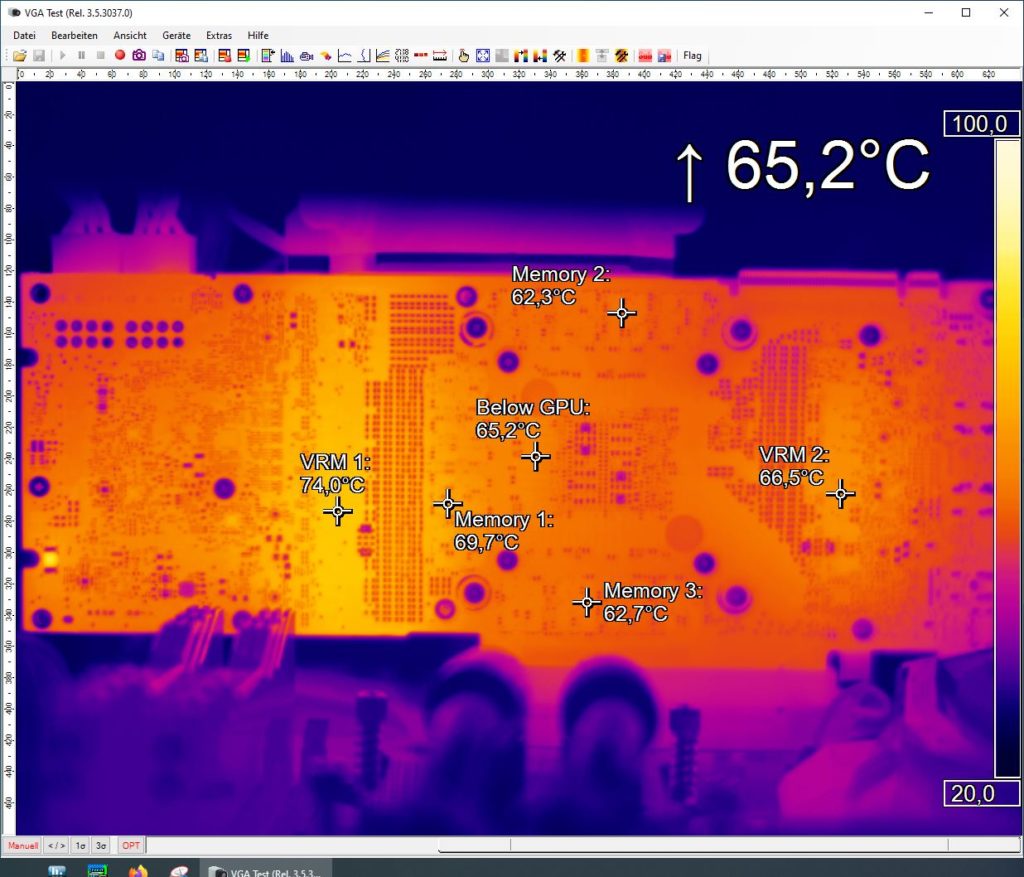
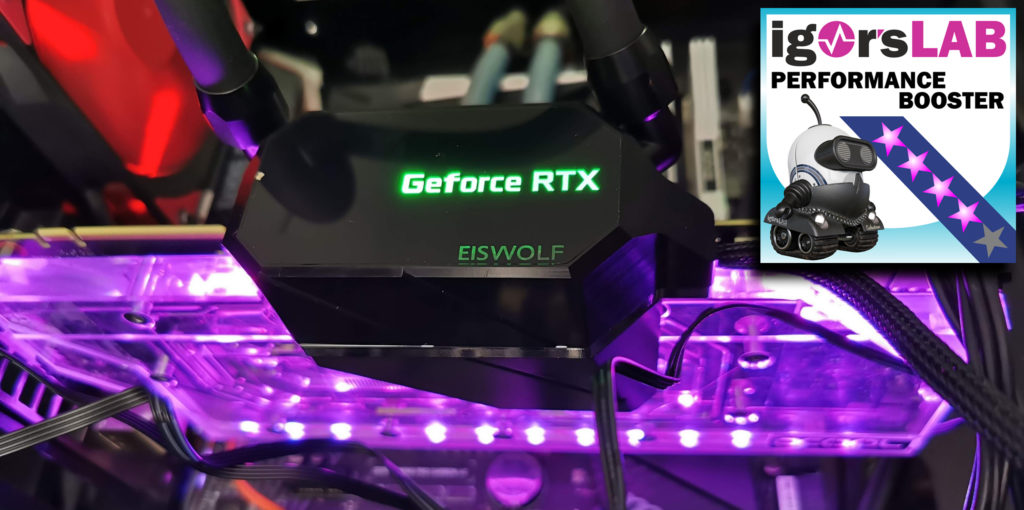

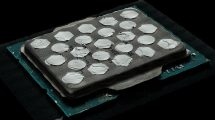
















Kommentieren